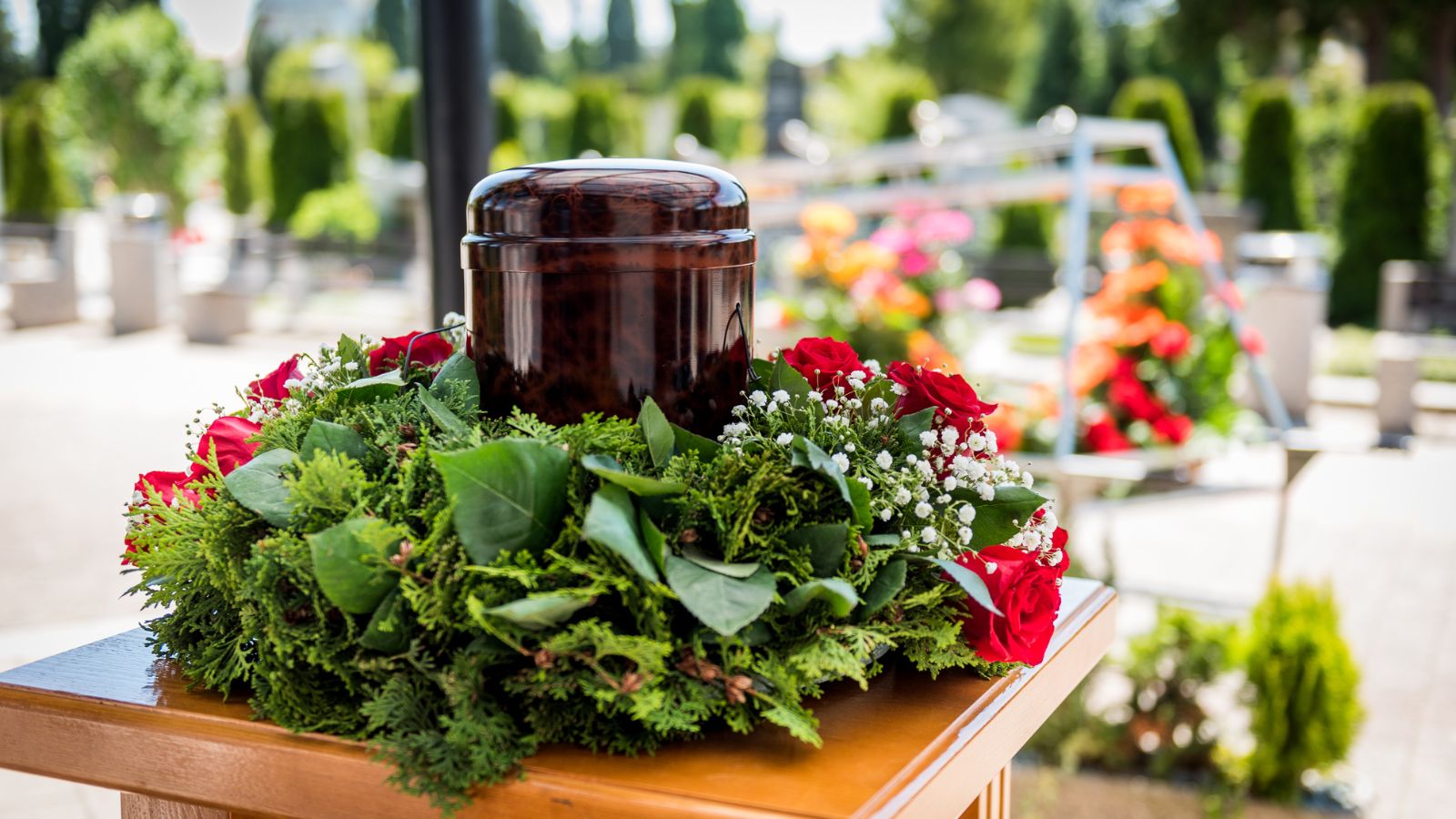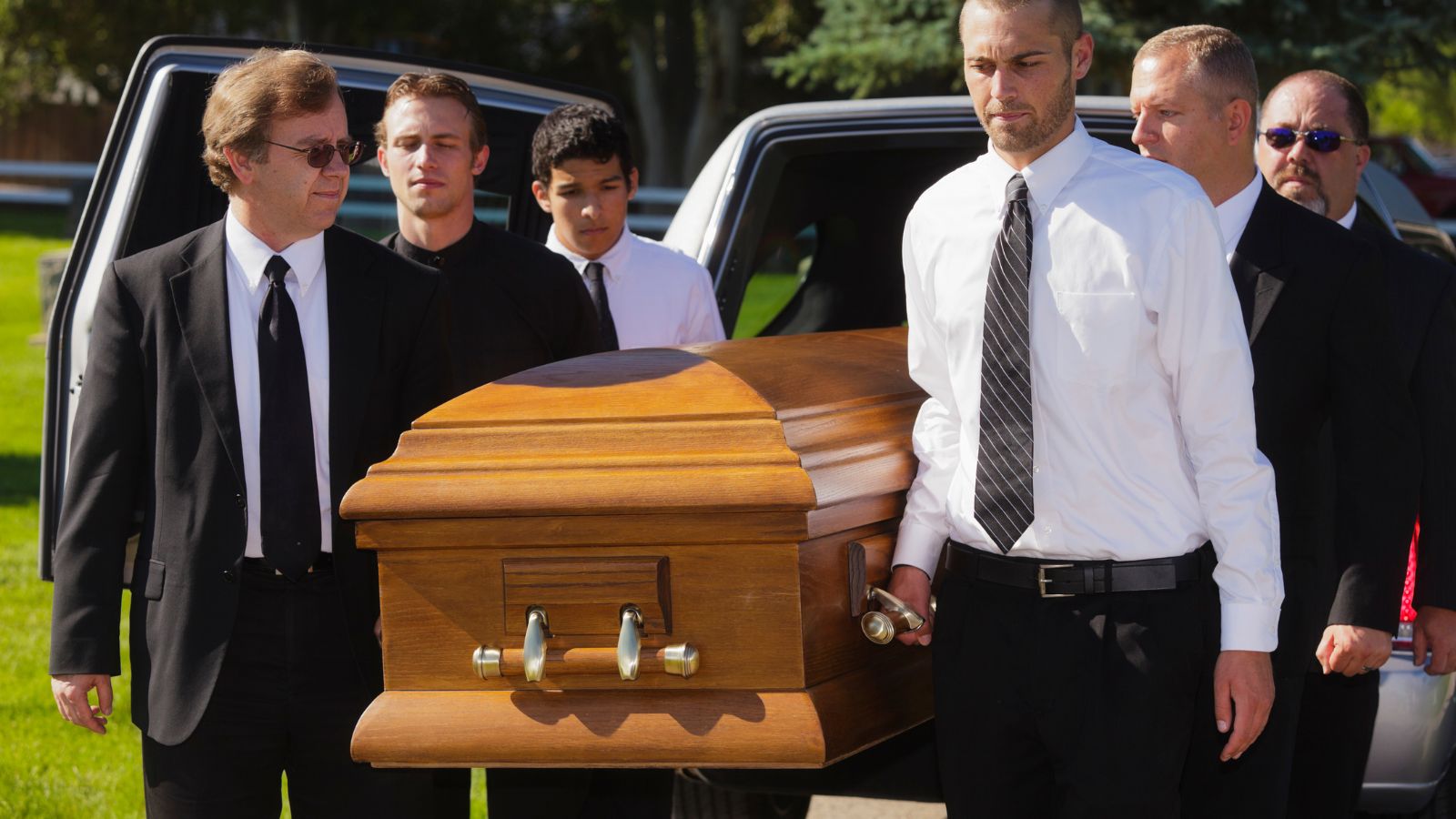Imagine celebrating life while you’re still part of it, sharing laughter, tears, and memories with your loved ones. That’s the essence of a living funeral. It’s a celebration not of death, but of life, offering a unique opportunity to say goodbye in a personal and meaningful way.
Living funerals are growing in popularity, but planning one can be a daunting task. This article will provide some creative and heartfelt living funeral ideas, helping you to honor a life well-lived. Whether you’re planning your own or for a loved one, these ideas will inspire a celebration that’s as unique and special as the life it commemorates.
 Living Funeral Ideas
Living Funeral Ideas
Living funerals constitute a potent celebration of life, presenting opportunities for individuals to forge memorable moments with loved ones, all while being alive. This section delves into the historical antecedents of living funerals, unpacks their purpose, and underscores the hefty benefits.
Historical Background of Living Funerals
1215 AD marks the inception of living funerals, a concept ingrained in Japanese Zen Buddhist tradition. Termed as “Seizenso,” they offered the living an avenue to appreciate, celebrate and cherish their lives prior to death. Fast-forward into the modern-day, living funerals sprawl across the globe, not confined by cultural or geographical bounds.
The Purpose and Benefits of a Living Funeral
Living funerals present a platform for individuals to express heartfelt sentiments, share experiences, and convey last messages. Such a palpable sense of connectivity engenders an envelope of support, fostering communal strength and closeness. From an emotional perspective, living funerals aid in alleviating the fear of death, paving the way for a peaceful transition.
 Popular Living Funeral Ideas
Popular Living Funeral Ideas
Living funerals offer a unique platform to narrate and cherish one’s life journey. Let’s dive deeper into some revered ideas that can give a personal touch to these gatherings.
Celebrating the Life Story
A living funeral provides an unrivaled opportunity for participants to recollect and celebrate the life story of the individual. It encourages an atmosphere for storytelling where the individual’s accomplishments, anecdotes, and life-changing moments form the central narrative. Friends and family can contribute by sharing their favorite memories, thereby creating a rich tapestry of shared experiences. For instance, impactful moments could be recounted through a chronological presentation, a video montage, or a sequence of photographic moments. These methods not only bring the person’s journey to life but also foster a sense of unity among attendees, reinforcing their mutual connections with the individual.
Creating Meaningful Memories With Art
Art, in its diverse forms, offers a powerful medium to evoke emotions and spark conversations. An engaging idea for a living funeral involves incorporating meaningful art activities. One could consider setting up an art station, where guests can collaboratively create a piece that embodies their shared love and memory of the individual. It could range from a beautiful mosaic, a communal painting, to a DIY sculpture. This art piece, after completion, turns into a tangible memory, serving as a visual reminder of the person’s life and the time spent together as a community.
 Planning a Living Funeral
Planning a Living Funeral
Planning a living funeral requires deliberate thought and careful preparation. It’s important to respect the wishes of the honoree while creating an event that celebrates their life in a meaningful and heartfelt way.
Choosing the Right Time and Place
The selection of time and place holds significance when planning a living funeral. The event’s timing often depends on the honoree’s health condition, so factor in considerations like medical treatments and their overall energy levels. Picking a place also demands attention; whether it’s the honoree’s home, a favored outdoor location, or a spiritual center, ensure it engenders familiarity, comfort, and accessibility.
Inviting Relevant People
The invitees help shape the living funeral. Closely-knit friends, family, or colleagues form ideal attendees. Any individual who’s had a lasting impact on the honoree’s life, or vice versa, would be appropriate to invite. Yet, consider limiting the numbers to maintain intimacy and allow everyone to share their memories.